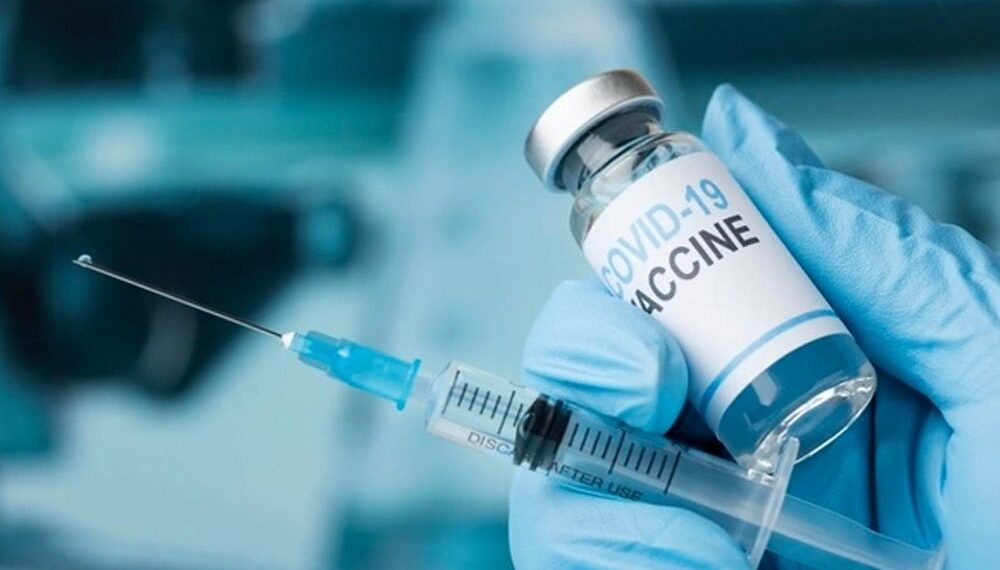The Biden administration estimates that up to 100 million additional individuals could contract COVID-19 in the fall and winter due to diminishing immunity and a coronavirus that appears to become more contagious with every new variant. According to specialists, it is critical that as many people as possible receive COVID-19 vaccination booster doses. It’s also an excellent time to obtain a second booster if one is eligible.
According to the US Centers for Disease Control and Prevention, only about a third of eligible Americans roughly half of the total population have received their first booster dose. Only about 10 million people have had a second booster, which is only prescribed for adults 50 and over, as well as those who are mildly to severely immunocompromised and are 12 or older.
The CDC urges people to be “up-to-date” on COVID-19 immunizations, which entails obtaining boosters when needed, but still deems someone “completely vaccinated” if they have had at least their initial vaccination set. However, a top Biden administration official was more forthright this week: a third shot is required for all adults. Individuals can best defend themselves against COVID-19 by getting vaccinated, and at least three injections are required, as per the official.
According to Dr. Peter Marks, head of the US Food and Drug Administration’s Center for Biologics Evaluation and Research, getting additional Americans vaccinated against COVID-19 might have a major impact in terms of case numbers. He told the American Medical Association that he was “a little worried” about the COVID-19 pandemic’s trajectory.
Marks said it is critical that we get the third dose to the half — or slightly more than half — of Americans who have only gotten two doses. He adds that it might make some difference going forward from here, and it might create a change now that we are nearing another COVID-19 wave.
The current increase of COVID cases is nothing compared to the first Omicron spike, although according to Johns Hopkins University, the US is experiencing 71,577 new cases each day.
The Northeast region of the United States has the highest case rates and the strongest booster uptake. As per CDC data, nearly half of Vermont’s population is completely vaccinated and boosted, as are more than 40% of the people in Maine, Rhode Island, Connecticut, and Massachusetts.
However, in the South, where less than a quarter of the population is completely vaccinated and boosted, cases are beginning to rise. Only about 1 in 5 people in North Carolina, Alabama, and Mississippi have taken their booster dose.
Who is getting boosters and who is not?
A booster dose is available to everyone in the United States aged 12 and up. For adolescents aged 12 to 17, only the Pfizer/BioNTech vaccine is offered as a booster.
Adults who received the mRNA vaccination as a first dose are entitled to a booster dosage 5 months following the first series. Johnson & Johnson vaccine recipients are qualified for a booster shot two months following their initial vaccination.
According to CDC data, booster vaccination rates are much higher in elderly groups in the United States, which is consistent with larger immunisation trends. However, over two out of every five seniors over the age of 65, as well as more than three out of every five individuals, have not received either of their booster injections.
According to studies, people who receive three doses of an mRNA vaccination have a lower rate of COVID-related acute medical visits and hospitalisation than those who receive only two doses. A booster effectively protects against more severe sickness, even with the extremely infectious Omicron strain. Scientists are still determining whether an extra vaccine dose would assist younger age groups. Pfizer and BioNTech have requested emergency use authorisation for youngsters 5-11. Hopefully, that will be addressed in the near future, Marks added.
Fourth doses: new research
According to a study released recently, a 4th dose of Moderna or Pfizer/mRNA BioNTech’s COVID-19 vaccine—which is already okayed for people 50 and older in the United States—holds promise and offers a “significant” boost in protection at comparable or better levels than a third dose.
In January, nearly seven months after their initial booster, the researchers gave trial participants with a median age of 70.1 years a half dose of the Moderna vaccination or a complete dose of the Pfizer vaccine in a random assortment. The second booster did not appear to have any detrimental consequences. Arm discomfort and weariness were the most common complaints.
The immune response following the booster was likewise stronger at day 14 than it was at day 28 after three doses of either the Pfizer or Moderna COVID-19 vaccine.When comparing the mRNA vaccines, the researchers found that Moderna’s fourth dose worked somewhat better than Pfizer’s, although it’s unknown why. Both showed a “substantial fold change” in protective antibodies, according to the researchers. After the fourth dose, T-cell reactions improved as well.
Antibodies are the initial line of defence against viruses, preventing them from invading cells. T lymphocytes arrive later and kill contaminated cells. T-cells cannot fight off minor infections, but they can stop infections from becoming serious.
The study concludes that fourth-dose COVID-19 mRNA booster vaccinations are well absorbed and enhance cellular and humoral immunity. Peak responses after the fourth dose were comparable to, if not superior to, peak reactions after the third dose. The study also found that some participants who had higher antibody levels prior to receiving the fourth dose of the COVID-19 vaccination only had “minimal” boosting. Those who had previously been infected with COVID-19 had a similar restricted reaction. According to the authors, this shows that a fourth vaccine dose may have a cap or maximum effect.
The study didn’t look into neutralisation of the Omicron version in particular. Two previous Israeli studies found that giving a fourth vaccine dose at least four months following the third dose lowered hospitalisation and mortality rates from COVID-19. With this fourth dose, the decrease in hospitalizations and deaths lasted a lot longer.
Vaccines and boosters of a new generation
Marks anticipates that the next phase of COVID-19 vaccines, which he expects to be available within a year or two, will be even better at defending people against the absolute range of COVID variants and evoking a stronger immune reaction.
In late June, the FDA’s vaccine advisory group will convene to assess vaccine data, particularly monovalent (which targets a single variation) plus bivalent vaccines that could target the original strain of the virus plus another.
They don’t know how much farther the infection will mutate over the next few months, Marks explained. But one may not have an option; if we want to create the hundreds of millions of dosages needed for a booster campaign, we’ll have to start in early July or even earlier.
According to Marks, the FDA committee may also examine whether a second booster should be advised in the fall for the wider populace or for certain groups. Some doctors say they’ve heard from individuals who want to put off getting a booster until the winter to receive better coverage. Marks advises against waiting for a booster, especially if the person hasn’t had COVID-19 recently.
He explained that this is because it will be another four, five, or six months before they receive their next booster. Even though an autumn and winter surge is expected, cases are already on the rise, and people who have only had two mRNA doses are at risk. Marks explained, just because we have enough circulating COVID-19, he would advise them to attempt to obtain that third dose to build up the resistance.



















